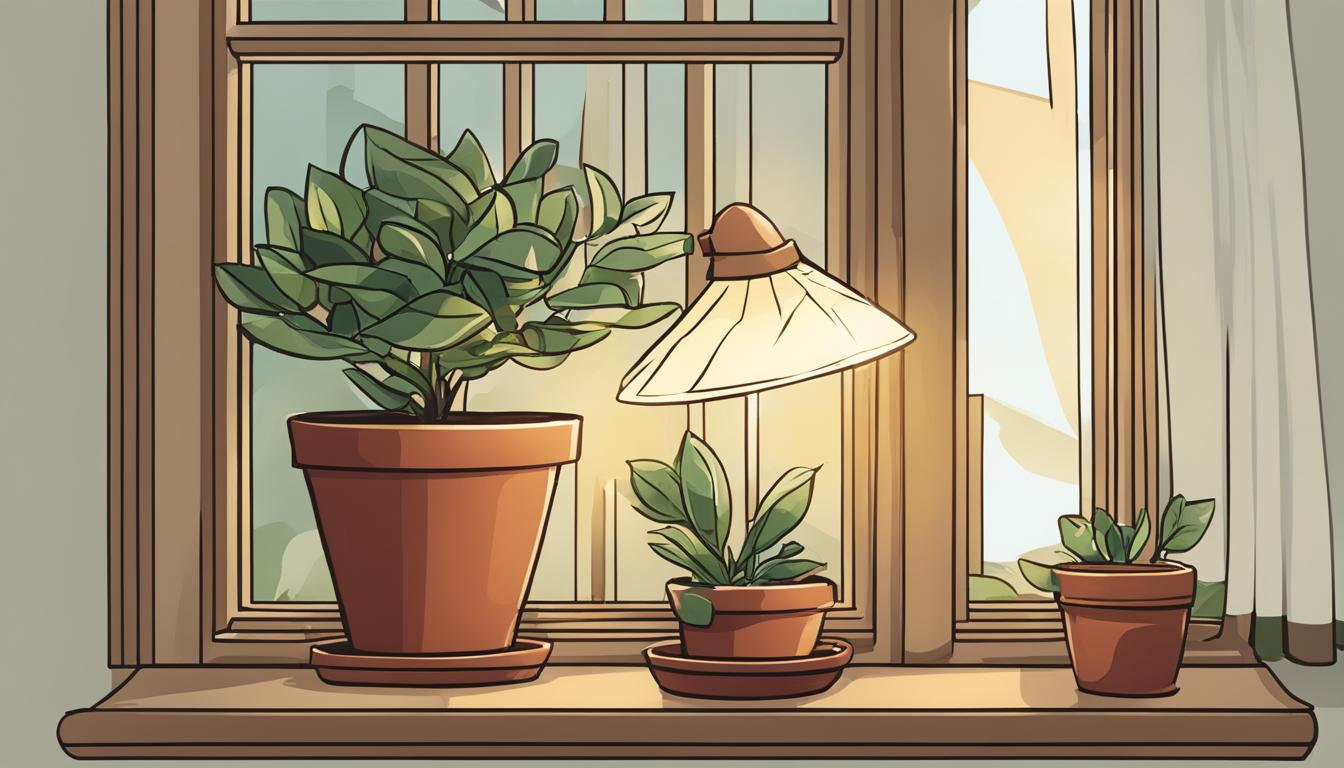
As a plant parent, I’m sure you know the importance of keeping your indoor plants healthy and thriving. One common problem that many plant enthusiasts face is overwatering. But don’t worry, I’m here to share some effective strategies to help you prevent overwatering and ensure the optimal health of your indoor plants.
According to houseplant expert Darryl Cheng, adjusting the light exposure of your plants is key to their growth potential. By providing the right amount of light, you can help your plants thrive and avoid overwatering.
Another important strategy is to water your plants intuitively based on their water needs. Instead of sticking to a strict watering schedule, feel the soil and water accordingly. This way, you can avoid overwatering and give your plants the moisture they require.
Seasonal adjustments are also crucial in preventing overwatering. Plants have different water requirements during their growing season compared to their dormant season. Adapting your watering frequency based on the seasons will help you avoid overwatering and keep your indoor plants healthy.
Additionally, using pots with drainage holes and choosing the right-sized pot for your plants can prevent excess water accumulation and root rot. Proper drainage is essential in maintaining the health of your plants and avoiding overwatering-related issues.
If you struggle to find the right balance with watering, investing in plant-watering spikes can provide a convenient self-watering solution. By following these practices, you can avoid overwatering, promote healthy indoor plant growth, and enjoy the beauty of your thriving indoor garden.
Key Takeaways:
- Adjust the light exposure of your plants to ensure their proper growth.
- Water your plants intuitively based on their soil cues and avoid sticking to a strict watering schedule.
- Adapt your watering frequency to the seasons and weather conditions.
- Use pots with drainage holes to prevent overwatering and root rot.
- Invest in plant-watering spikes for a self-watering solution.
Adjusting Light Exposure for Plants
Adjusting the light exposure of your indoor plants is crucial for their growth and health. Plants rely on light to photosynthesize and produce energy for their growth processes.
When plants receive insufficient light, they may become weak, leggy, and unable to reach their full potential. Conversely, too much light can lead to leaf burn and other damage.
To provide the proper light exposure for your plants, it’s important to understand their specific light requirements. Some plants prefer bright, direct sunlight, while others thrive in indirect or filtered light. Observe how your plants respond to their current light conditions and make adjustments accordingly.
An effective way to adjust light exposure is by moving your plants to different locations within your home. Consider rotating them to areas with more or less light, depending on their needs. For plants that require indirect light, you can hang up a sheer curtain to filter the sunlight and prevent overexposure.
Remember to monitor your plants’ response to the changes in light exposure. If you notice signs of stress, such as wilting or yellowing leaves, adjust the placement again until you find the optimal light conditions for each plant. By providing the proper light exposure, you can promote healthy growth and ensure the well-being of your indoor plants.
- Adjusting light exposure is crucial for the growth and health of indoor plants.
- Observe your plants’ response to their current light conditions and make adjustments accordingly.
- Move your plants to different locations within your home to provide the right amount of light.
- Use sheer curtains to filter direct sunlight for plants that prefer indirect light.
- Monitor your plants’ response and adjust their placement as needed for optimal light exposure.
| Light Requirement | Examples of Plants |
|---|---|
| Full Sun | Cacti, succulents, herbs like rosemary and basil |
| Bright Indirect Light | Monstera, pothos, prayer plants |
| Filtered Light | Calathea, ferns, begonias |
| Low Light | Snake plant, ZZ plant, pothos, peace lily |
Watering Strategies Based on Soil Cues
When it comes to watering your indoor plants, paying attention to soil cues is the key to preventing overwatering. Different plants have different water requirements, so it’s important to adjust your watering strategy based on their specific needs.
Houseplant expert Darryl Cheng suggests three watering strategies that can help you maintain the right moisture level for your plants: watering when the soil is completely dry, watering when it is halfway dry, and watering to keep the soil evenly moist.
To determine which strategy is best for your plant, you can research its specific water requirements. Some plants, like succulents, prefer dry soil between waterings, while others, like tropical plants, thrive in consistently moist soil.
By feeling the soil with your fingers, you can assess its moisture level and decide when it’s time to water. Remember, the goal is to prevent overwatering and maintain the right balance of moisture in the soil.
Examples of Watering Strategies:
- Watering when the soil is completely dry: This strategy is suitable for plants that prefer dry conditions. Wait until the soil has dried out completely before giving them a thorough watering.
- Watering when the soil is halfway dry: This strategy works well for plants that prefer an intermediate moisture level. Water them when the top half of the soil feels dry to the touch.
- Watering to keep the soil evenly moist: This strategy is suitable for plants that prefer consistently moist soil. Water them when the top inch of the soil feels slightly dry.
By following these watering strategies based on soil cues, you can avoid overwatering and provide your indoor plants with the right amount of water they need for optimal growth and health.
| Plant | Watering Strategy |
|---|---|
| Succulents | Watering when the soil is completely dry |
| Tropical plants | Watering to keep the soil evenly moist |
| Herbs | Watering when the soil is halfway dry |
Adapting to Seasons and Weather
Adapting your watering practices to the seasons and weather conditions is crucial for preventing overwatering and maintaining the health of your indoor plants.
Different seasons bring varying environmental factors that influence the water requirements of your plants. By understanding these changes, you can ensure that your plants receive the right amount of water at the right time.
Seasonal Watering
During the growing season, which typically occurs in spring and summer, plants are actively growing and require more water. The warmer temperatures and increased sunlight result in faster evaporation, causing the soil to dry out quicker.
To prevent overwatering, it’s essential to adjust your watering frequency and provide enough water to meet the increased demands of your plants.
In contrast, the dormant season, usually in winter, requires less watering as plants are not actively growing. The reduced sunlight and cooler temperatures slow down the plant’s metabolism, resulting in slower water uptake.
Overwatering during this time can lead to waterlogged soil and root rot. Therefore, it’s crucial to reduce watering and allow the soil to dry out more between waterings.
Watering Based on Weather
Besides seasonal changes, weather conditions also play a significant role in determining your plant’s water needs. For example, hot and dry weather conditions can cause the soil to dry out faster, requiring more frequent watering.
On the other hand, cooler and humid weather conditions can slow down evaporation, reducing the need for frequent watering.
By closely monitoring the weather forecast and observing the condition of the soil, you can make informed decisions about when and how much to water your indoor plants.
Remember to consider both the seasonal changes and the current weather conditions to ensure you provide the optimal amount of water for your plants’ health and well-being.
Seasonal Watering Guidelines
| Season | Watering Frequency | Watering Amount |
|---|---|---|
| Spring/Summer | More frequent | Allow soil to dry moderately between waterings |
| Fall/Winter | Less frequent | Allow soil to dry out more between waterings |
Drainage and Pot Choices
Proper drainage is crucial when it comes to preventing overwatering and promoting healthy root growth in your indoor plants. Using pots with drainage holes is essential as it allows excess water to escape, preventing the roots from sitting in stagnant water.
When roots are constantly exposed to excess water, they can rot, leading to root rot and other related issues. To ensure optimal drainage, it’s important to choose pots with drainage holes that allow water to flow freely.
If you have a decorative pot without drainage holes, there are a couple of options to consider. One option is to use a pot liner with holes that can be placed inside the decorative pot.
This allows water to drain properly while still maintaining the aesthetic appeal of the decorative pot. Another option is to temporarily remove the plant from the pot when it’s time to water.
By taking the plant out of the pot, you can thoroughly water it and allow any excess water to drain away before placing it back into the decorative pot.
In addition to drainage holes, choosing the right-sized pot is also important in preventing overwatering. It’s recommended to select a pot that is just 2 to 3 inches larger in diameter than the previous one.
This ensures that there is enough room for the plant’s roots to grow without creating an excess of waterlogged soil. When the pot is too large, there is a higher likelihood of water retention, which can lead to overwatering and root rot.
By choosing the right-sized pot, you can provide your plants with a suitable environment for healthy root development.
By considering drainage and pot choices, you can effectively prevent overwatering and promote the optimal health of your indoor plants.
Remember to use pots with drainage holes to allow excess water to escape, and choose the right-sized pot to prevent waterlogged soil and root rot. Taking these steps will ensure that your plants receive the right amount of water they need for thriving growth.
FAQ
What is the best way to avoid overwatering indoor plants?
Adjusting the light exposure of your plants, watering based on soil cues, adapting to seasons and weather, and using pots with drainage holes are key strategies to avoid overwatering and ensure the optimal health of your indoor plants.
How do I adjust the light exposure of my indoor plants?
Hang up a sheer curtain or adjust the positioning and placement of your plants to provide them with the proper amount of light they need. Proper exposure to light is crucial for plants to realize their growth potential.
What are the different watering strategies based on soil cues?
There are three types of watering strategies: watering when the soil is completely dry, watering when it is halfway dry, and watering to keep the soil evenly moist. Researching your plant’s specific water requirements can help determine which strategy is best for your plant.
How should I adapt my watering practices to the seasons?
During the growing season (spring and summer), plants require more water due to increased evaporation and active growth. However, during the dormant season (winter), watering at the same rate can lead to overwatering. Adjust your watering frequency based on the seasons to prevent overwatering and maintain the health of your indoor plants.
Why is proper drainage important for preventing overwatering?
Proper drainage allows excess water to escape, preventing the roots from sitting in stagnant water. This helps prevent root rot and promotes healthy root growth. Using pots with drainage holes and choosing the right-sized pot can ensure proper drainage for your indoor plants.

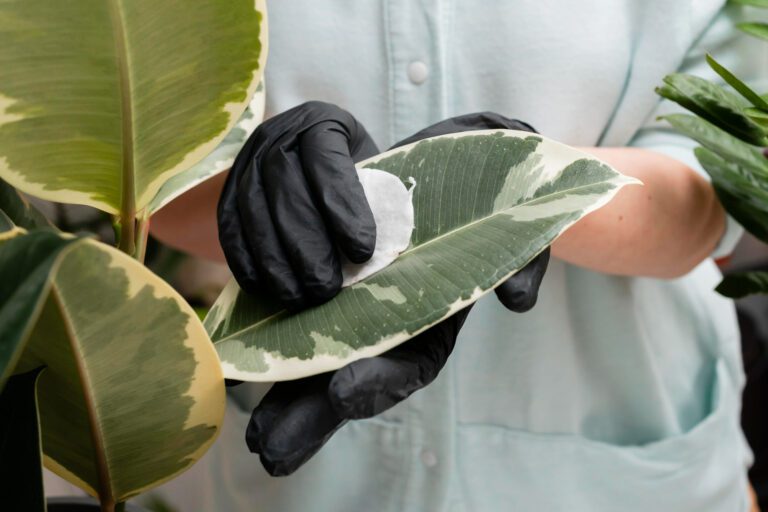
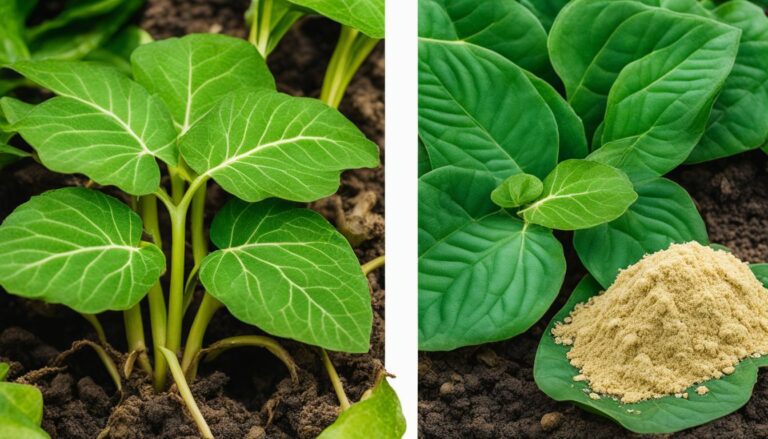
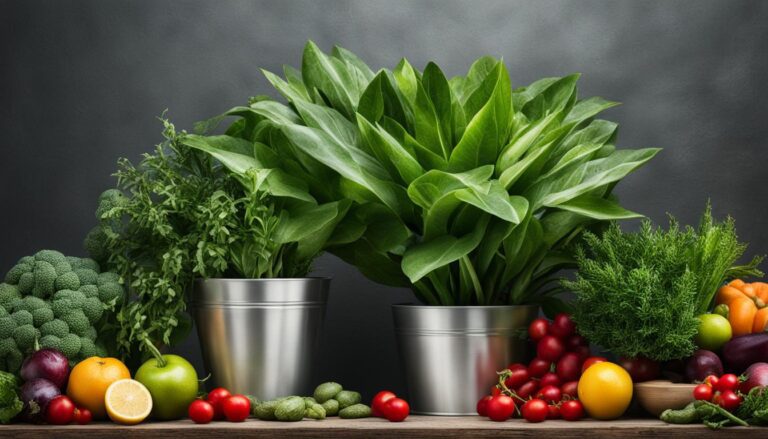
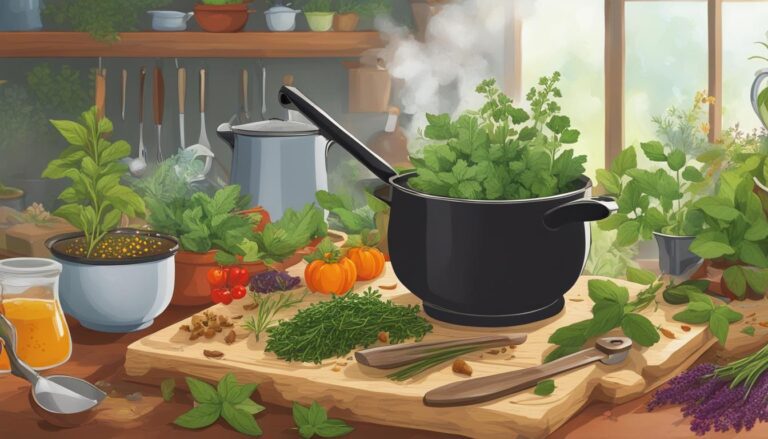
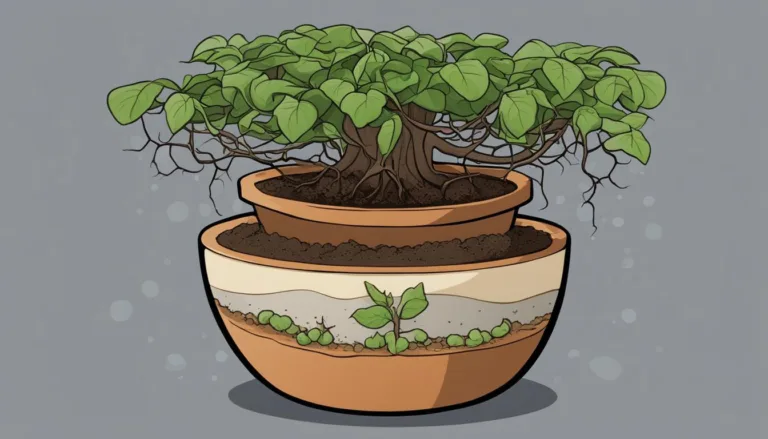
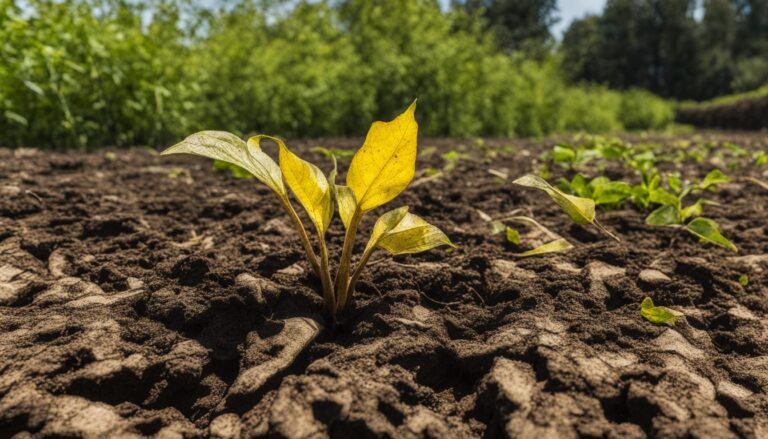
2 Comments
Comments are closed.